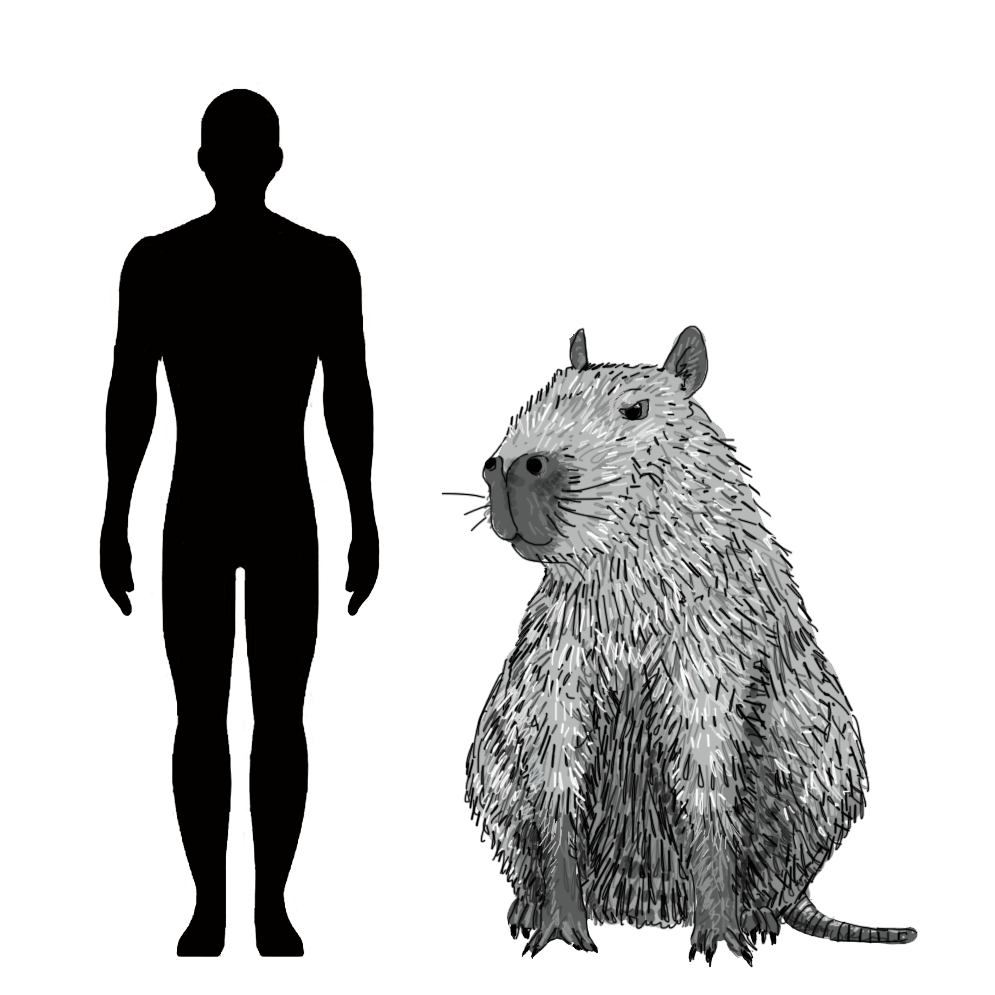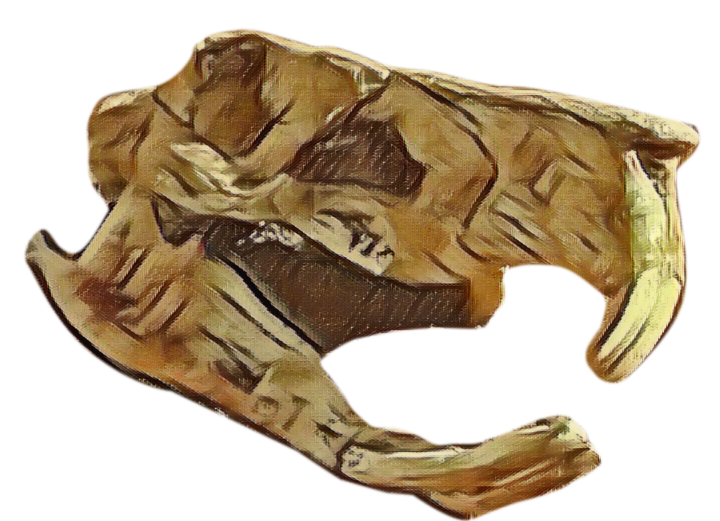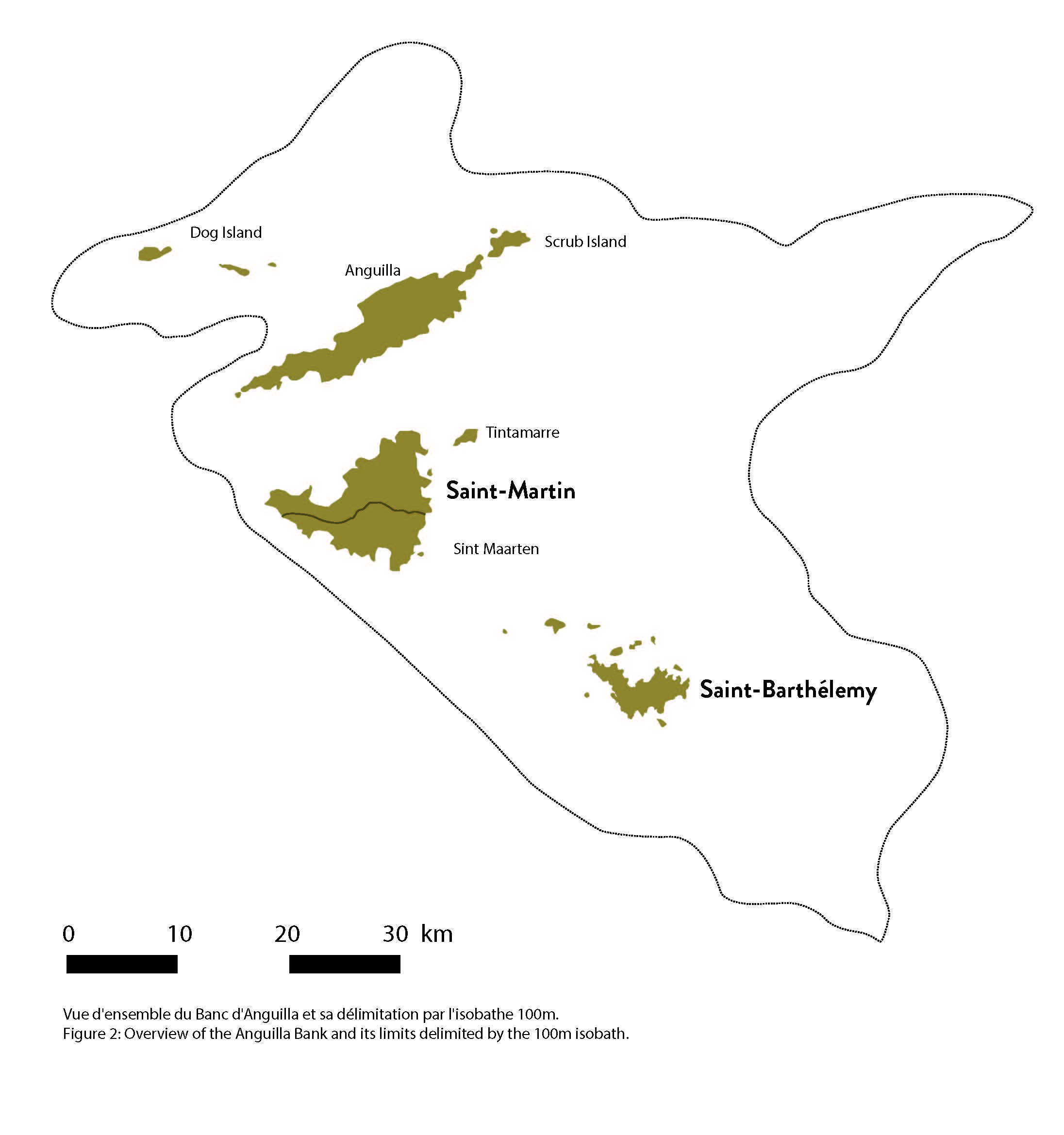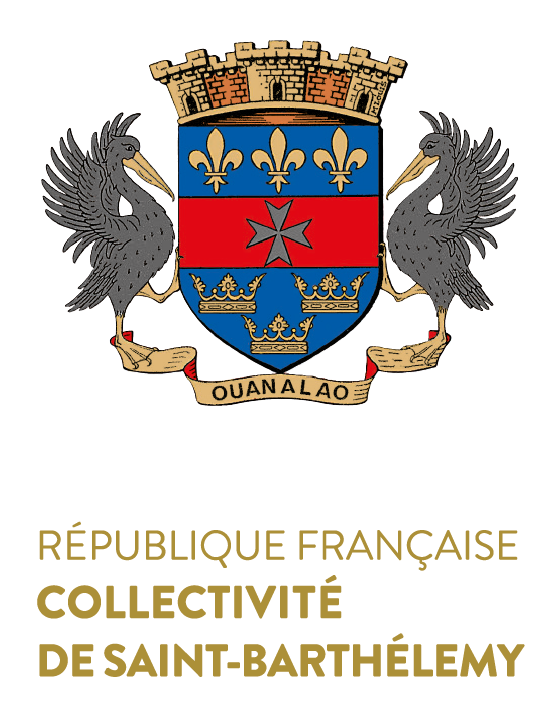
GIANT ANIMALS IN ST BARTHS
St. Barths, an island of volcanic origin nestled within the Lesser Antilles, is composed of magmatic and sedimentary rocks that originated during the Middle Eocene to the Lower Miocene epochs, dating back between 48 and 20 million years ago. The island boasts an atypical morphology characterized by a rhythmic interplay of hills and valleys, reaching its zenith at 286 meters with the prominent Morne de Vitet. It is surrounded by a narrow coastal fringe and coral reefs.
The island has experienced various tectonic and volcanic events throughout its geological past, resulting in changes to its structure and composition. The most recent volcanic episode occurred approximately 24 million years ago, contributing to the formation of the island’s northeastern region.
During the Quaternary glaciations, some hundreds of thousands of years ago, St. Barths, St. Martin, Anguilla, and their peripheral islets amalgamated into a solitary landmass: the Anguilla Bank.
With the sea level significantly lower (-110 meters compared to present), our territories connected, creating the largest island in the Lesser Antilles. The extension of land preserved biodiversity, allowing for the sharing of species. Similar to the Galapagos Islands’ giant tortoises, the Anguilla Bank was home to a unique and indigenous megafauna.
Physical evidence confirming the existence of these colossal creatures lies within the fossilized remains of Amblyrhiza inundata, a massive rodent closely related to the chinchilla. Commonly known as the blunt-toothed giant hutia, these fossils were unearthed in Anguilla and St Martin, dating back approximately 125,000 years. Furthermore, recent fossil discoveries on Coco islet, uncovered by Gilles Maicent in 2010, provide insight into specimens that date back as far as 500,000 years, for the oldest ones.
Initially, these relatively small creatures likely found their way to the Anguilla Bank from South America, either by raft or by traversing a land route. These giant animals vanished from the region well before the arrival of the first Amerindians in the West Indies approximately 7,000 years ago.
Their remarkable size, reaching proportions comparable to those of a brown bear, and a weight of up to 200 kg, stem directly from the island’s isolation, a phenomenon known as island gigantism.
In the present day, St. Barths remains the familiar tourist destination where nature, though altered from its past state, remains a source of inspiration. The remnants of these immense creatures, even though obscured by time, stand as captivating evidence of a vibrant bygone era.


Opening Hours
Monday : Closed
Tuesday Wednesday Thursday : 8h30 - 12h45 15h-19h30
Friday : 8h30 - 12h45 15h - 19h30
Saturday : 8h30 - 13h
